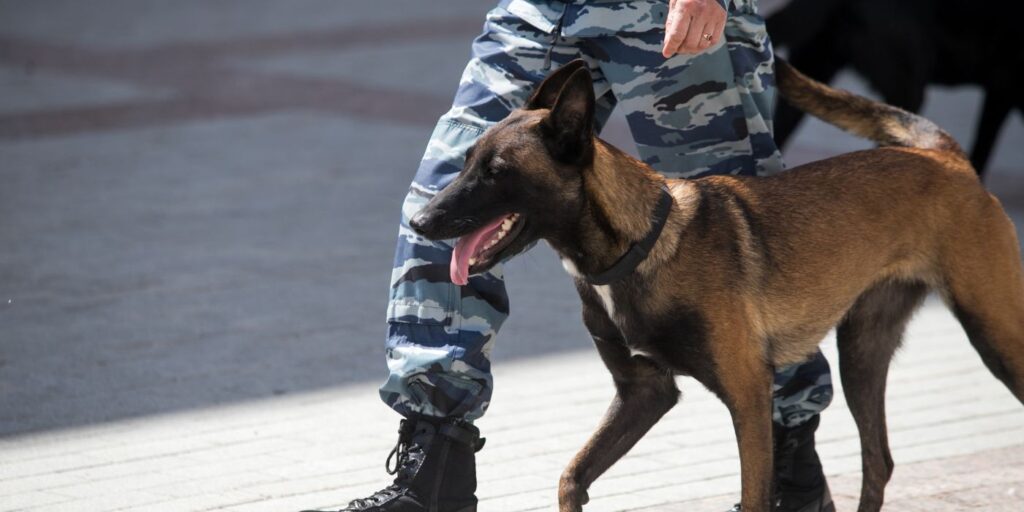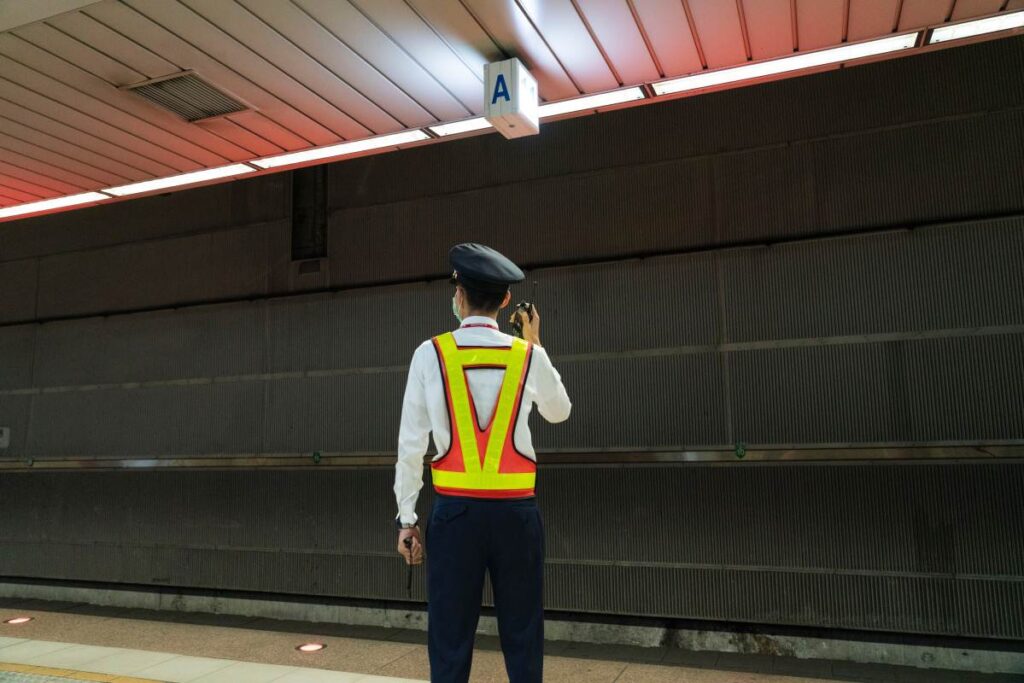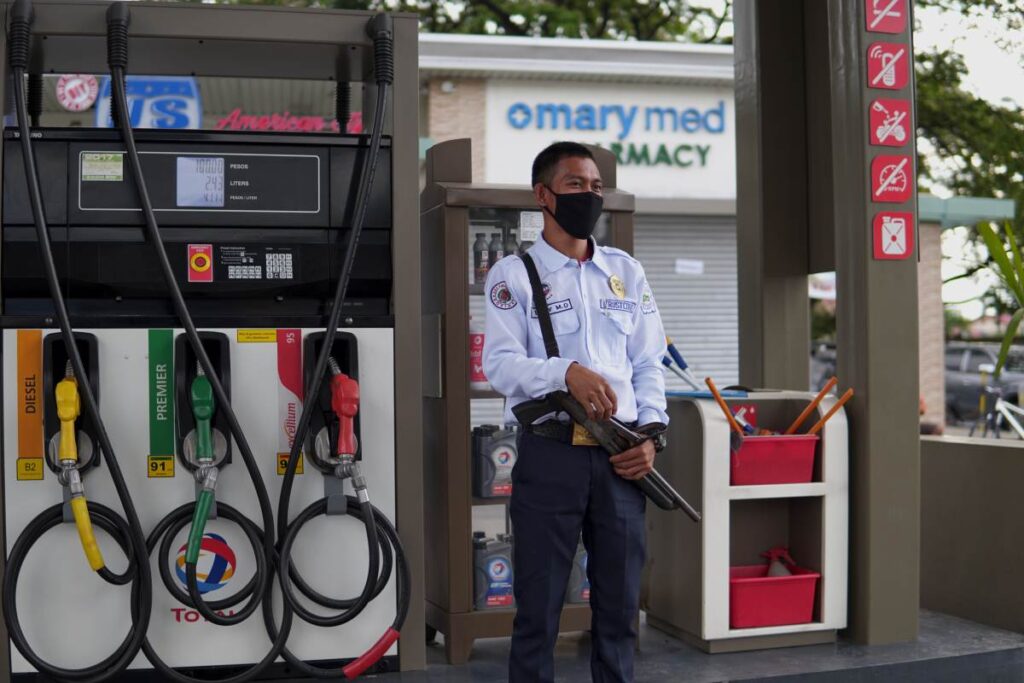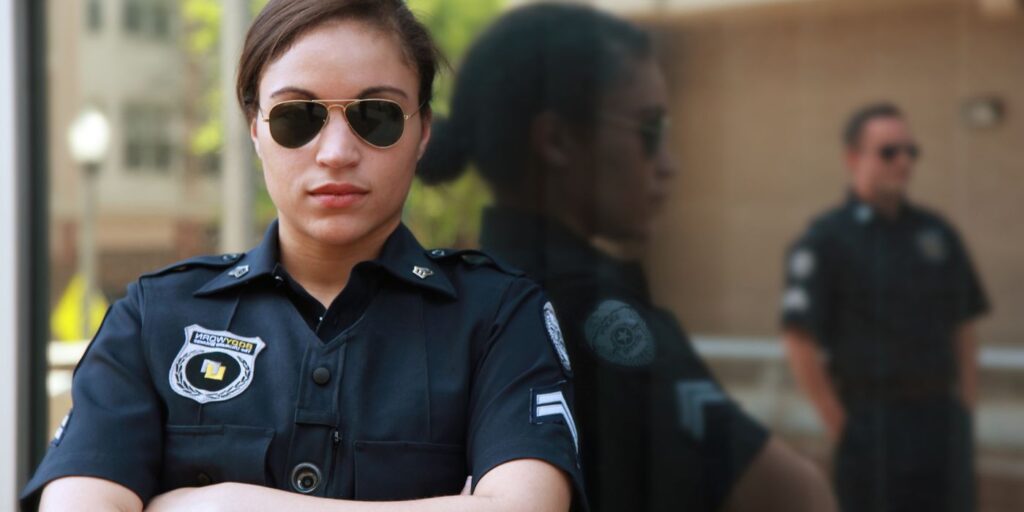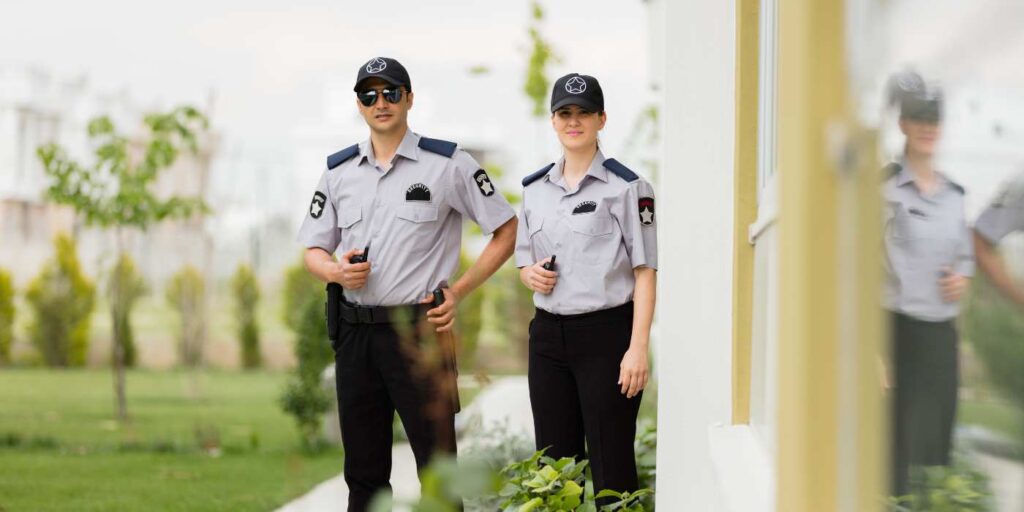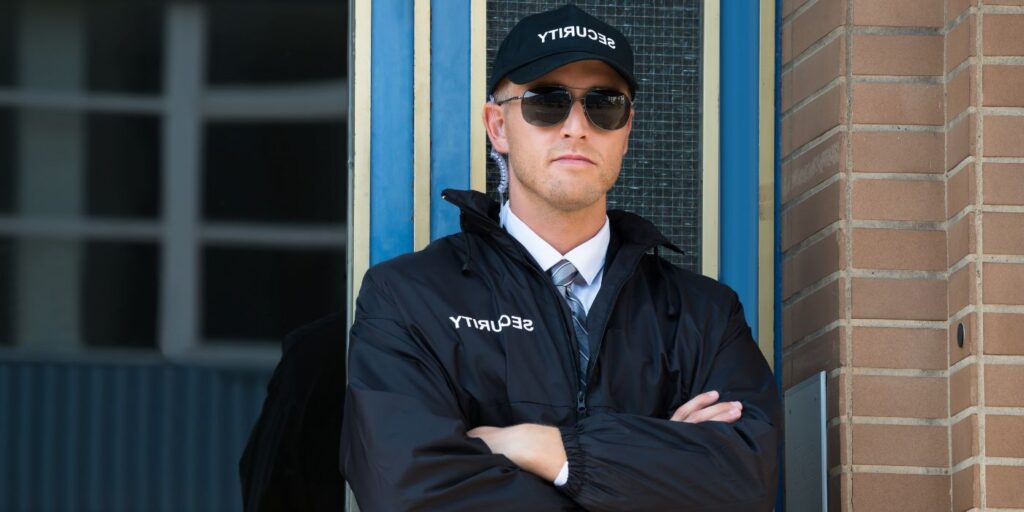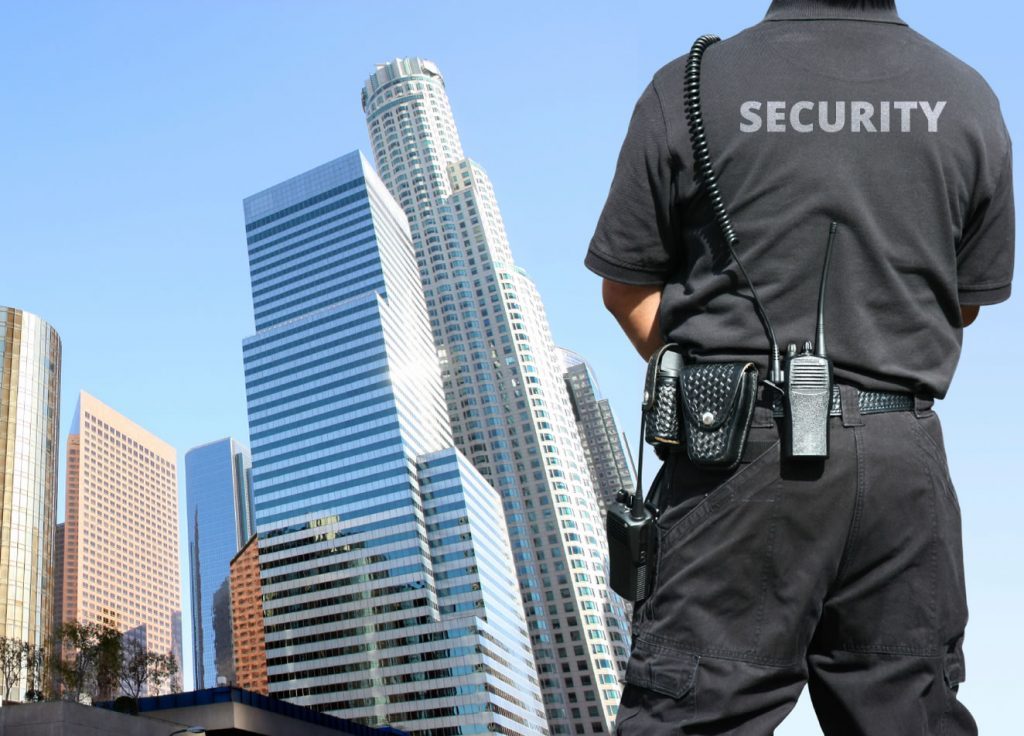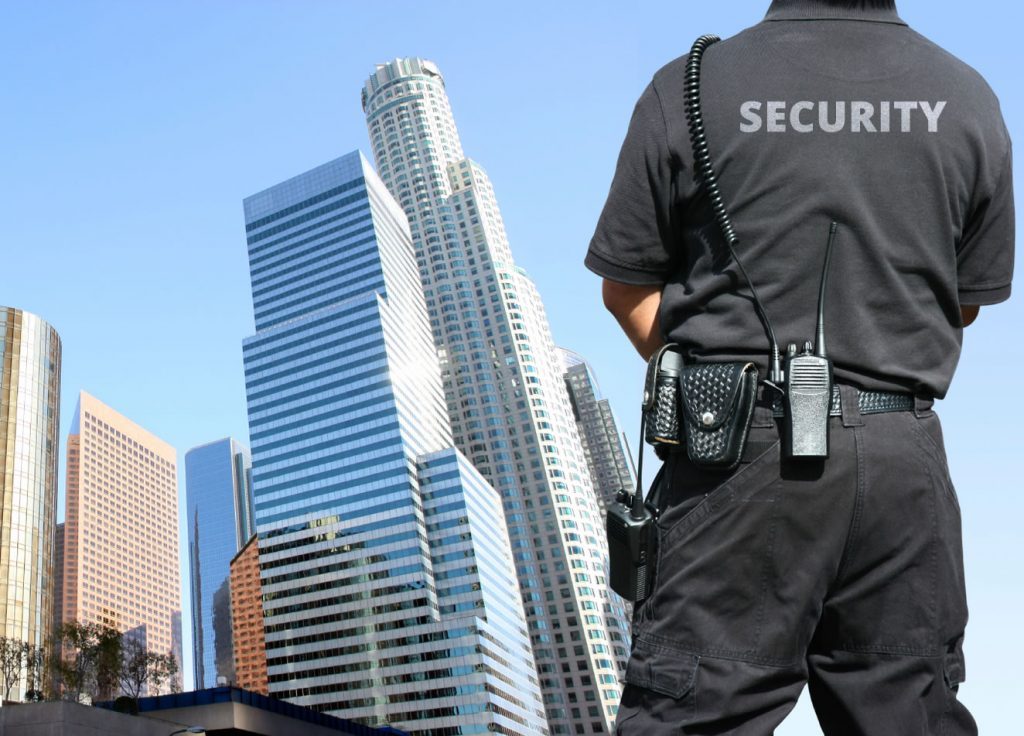“Squad security” refer to the security measures and protocols implemented by a law enforcement squad during operations or missions.
These measures are designed to protect the squad members, ensure the success of the mission, and minimize risks.Overall, squad security is a multifaceted concept that encompasses a wide range of strategies, tactics, and protocols designed to protect the lives and achieve the objectives of the squad members. It requires rigorous training, discipline, and coordination among squad members to ensure mission success and minimize risks.
Here are some key aspects of squad security in a military or law enforcement context:
Checking Identification: Bouncers often check the IDs of individuals entering the venue to ensure they meet the legal drinking age requirements. They may also verify the authenticity of IDs to prevent underage drinking.
Tactical Planning: Squad security starts with thorough planning. This includes mission objectives, routes, potential threats, and contingency plans. Tactical planning helps ensure that the squad is well-prepared for various scenarios.
Communication: Effective communication is essential for squad security. Squad members need to maintain constant communication to relay information, coordinate movements, and call for assistance if needed.
Weapons and Equipment: Ensuring that squad members have the right weapons and equipment is crucial. This includes firearms, body armor, helmets, first aid kits, and any specialized tools or gear required for the mission.
Formation and Movement: Squads often move in formation to maximize their security. Common formations include the wedge, file, and diamond formations. These formations provide better visibility and coverage of potential threats.
Cover and Concealment: Squad members must be trained to identify and use cover and concealment effectively. Cover provides protection from incoming fire, while concealment helps them remain hidden from potential threats.
Rules of Engagement: Rules of engagement (ROE) dictate when squad members can use force and under what circumstances. Following ROE is essential to prevent unnecessary escalation and ensure the legality of actions taken.
Dog Squad : “dog squad” typically refers to a group of specially trained dogs and their handlers, often used in various roles, including law enforcement, search and rescue, and security. Here are some common types of dog squads and their purposes

